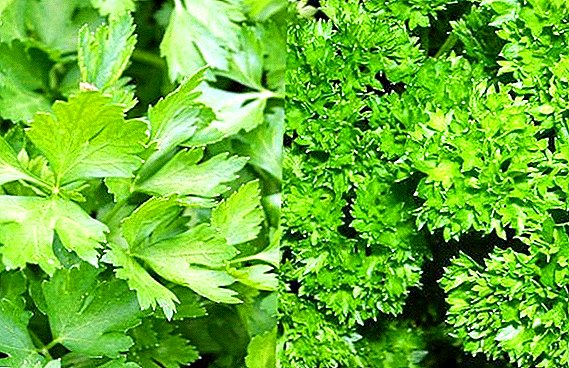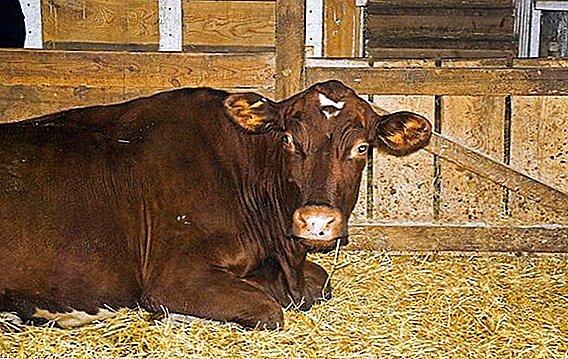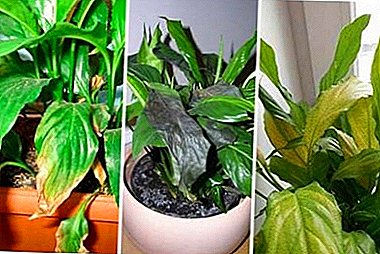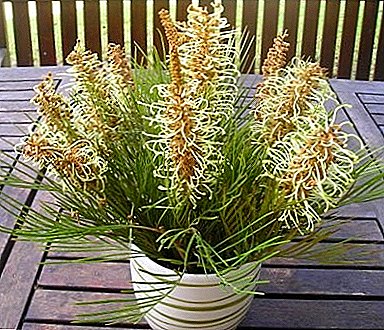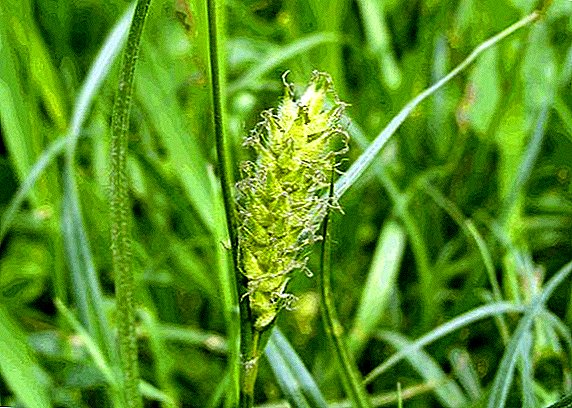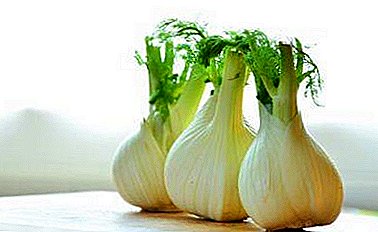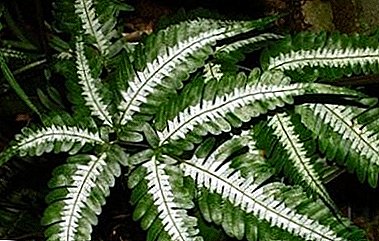
Pteris is a fern, whose birthplace is New Zealand, but it is also found in Japan and some US states in the south.
Among all the room ferns this It is considered the easiest to care for and grow.
Pteris has more than 250 species, which differ in leaf shape, contours, and leaf color.
Types and varieties
Long-leaved
View with a high decorative. Many growers prefer this type of Pteris. Homeland plants Southeast Asia. The appearance of the leaves is feathery doubles. The leaves are lanceolate, located on short petioles. The location is fairly uniform, which gives the plant a very neat appearance.

Xiphoid
Considered the most attractive among the Pteris species. It is divided into varieties: Evergemiensis and Victoria, which are most popular in this culture. Victoria has pronounced white spots on the leaves.
The plant has a small size, about 20-30 cm. The size of the leaves is on average 15-25 cm. The leaves are simple in shape, pinnate, 6-8 pairs of feathers per vayu. Sterile leaves look very different from fertile.

Cretan
Exquisite view the leaves of which resemble bird feathers are not typical of ferns. It has many varieties, among which the most popular are white-striped and silver-spotted. The leaves are very large, up to 50 cm long, pinnate dissected, with 2-6 segments.
All varieties of Pteris Cretan have different growth rates, as well as the shape and color of leaves.

Trembling
Among the representatives of Pterisov is the biggest. The length of the fern leaves reaches about 1 meter in an extremely short time. It is considered a fast growing plant.
Leaves pinnate dissected, complex shape, beautiful openwork look. Located on the right petioles. Fragile stems tend to break when handled carelessly.

Tape
Compared to other Pteris species, this little spread. The leaves are large, from 70-100 meters in length.
Long feathers evenly spaced on both sides of arcuate leaves. Received its name for the appearance of feathers that resemble ribbon.

Huguenot
View, also called multidirectional or partitioned. The species is originally from China. Loved by designers lush fern compact form. The leaves are wide, triangular, up to 40 cm in length.
Photos of the Huguenot subspecies:
Pteris fern has three varieties:
Cristata
The tops of the leaves are dentate and ridged.

Variegata
Leaves with a silver stripe in the middle.

Tenuifolia
The leaves are narrow and pale green, with a cut at the top.
Photos of this variety below:
Home care
Lighting
Pteris, like other ferns in its nature is located in the shade of trees. Therefore gives preference to the penumbra. The best option, the window is not on the south side. A fern can grow in full shade, but then its bush will not be so decorative.
In winter, the plant, on the contrary, may lack the rays of the sun. In view of this, daylight can be increased with fluorescent lamps.
Temperature
 The optimum temperature for Pteris in spring or summer is 20 ° C.
The optimum temperature for Pteris in spring or summer is 20 ° C.
If indoors more than 24 ° C, then periodically you need to moisten with a spray. Dry air and heat for the plant are disastrous.
In autumn and winter time, Pteris with green leaves prefers 14-17 ° C, variegated plants are not lower than 15 ° C.
Watering
Ferns love constantly wet soil. In spring and summer, watering is done immediately after the topsoil is dry. In winter and autumn only one or two days later.
Water for irrigation should be settled, lime free and must be at room temperature. Overdrying of the substrate, as well as excessive moisture, equally harms the plant.
Humidity
These plants love high moisture content in the air. If the air is too dry, Pteris should be sprayed once, and preferably twice a day with settled and soft water.
To remove dust on the leaves, Pteris should be washed under gentle jets of the shower. In this case, be sure to close the soil with a package to prevent water from entering there.
Fertilizers
Starting from May and ending in August, they produce dressing with special liquid fertilizers. The frequency of application every two weeks. The dose is taken twice as low as indicated. in the instructions. It is not necessary to make additional feeding in autumn and winter.
Transfer
Plant transplantation is made only as needed, if the pot no longer meets the volume requirements.
Pteris grows well if the soil is slightly acidic or with a neutral PH. To create it you will need to take in equal proportions peat, sand, humus, a little turf and leafy earth.
You can use ready-made soil for ferns, which is commercially available. Before laying the soil in the pot, it should be poured drainage. The pot is chosen wide, shallow depth.
Due to the unusual color of the leaves and small size, Pteris is well suited for growing at home.
Other indoor ferns include: Pelleya, Nephrolepis, Cytromium, Asplenium, Adiantum, Davallia, Blehnum, Salvinia, Polypodium, Platicerium, Uzzhnik and Grozdnik.
Pruning
 All dried, damaged or yellowed parts of the plant need pruning.
All dried, damaged or yellowed parts of the plant need pruning.
This is best done during plant transplantation. Wherein Leaves should be cut as low as possible.
Breeding
Samosev
Pteris need not be propagated by complex artificial means. If it grows in a group or in a large-sized pot, then soon you will notice small young plants near the main ones.
Disputes
Reproduction of disputes is also a fairly common method. Their seeding begins in March at a temperature of 13 ° C.
Dividing bush
The division of the bush is challenge for experienced amateurs flora. It is important to correctly find and divide the growth points that are hidden in the ground. You need to be careful not to separate the empty rhizome without growing points.
Diseases and pests
Pteris can be ill from improper care.
If the plant has turned yellow leaves and slowed growth, this indicates excessive dryness air in the room.
If the plant is within reach bright sunlight, its leaves quickly become faded, translucent and drooping.
Low temperature in the room, drafts, watering from water from the tap can greatly spoil the appearance of the plant. Under such conditions, the leaves curl, wither, turn yellow, turn brown, and even die.
A known pest pteris is a shield or a false shield. With the defeat of the plant on the sheets appear brownish plaques, which are located on both sides of the leaf plate. Treatment is made by the drug "Actellic" three times through an interval of 5-10 days.
Thrips - another pest of this plant. Its small size, as well as the ability to hide well in remote masses makes it almost imperceptible to the human eye. The method of struggle is the same with the help of special insecticides.
Beneficial features
 Fern properties widely used in traditional medicine.
Fern properties widely used in traditional medicine.
Its decoctions are used for poisoning, infections of the urinary system, furunculosis and dysentery.
Pteris - a plant that does not cause trouble when it is grown.
And with proper care, its decorative look always gives the owner an aesthetic pleasure.


